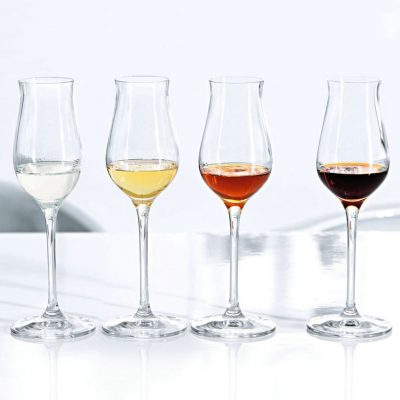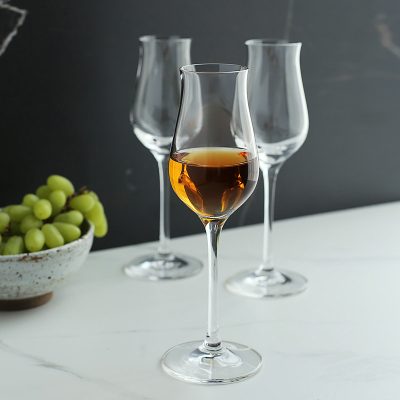1. When the tempered glass blank falls into the preliminary mold, it cannot accurately enter the preliminary mold, and the friction with the mold wall is too large, resulting in wrinkles.
2. The scissors scars of the upper feeder are too large, and the scissors scars appear on the bottle body after some glass bottles are formed.
3. The initial mold and molding raw materials of the glass bottle are poor, the density is not enough, and the oxidation is too fast after high temperature, causing tiny grooves on the surface of the mold, causing the surface of the glass bottle to be uneven after forming.
4. If the quality of glass bottle mold oil is too low, the mold will not be lubricated enough, the dripping speed will be reduced, and the material type will change too quickly.
5. The design concept of the initial mold is unreasonable, the mold kernel is large or small, and after the gob enters the forming mold, it is blown and spreads unevenly, which will cause black spots on the glass bottle body.
6. The material dropping speed of the machine and equipment is not uniform, and the improper adjustment of the air nozzle will make the glass bottle initial mold and molding temperature not harmonious, and it is easy to produce cold spots on the glass bottle body, which will immediately damage the smoothness.
7. The tempered glass feed liquid in the industrial kiln is not clean or the mold temperature is uneven, which will also cause bubbles, small particles and small hemp billets in the productivity glass bottle.
8. If the speed is too fast or too slow, the glass bottle body is not uniform, and the thickness of the bottle wall is different, resulting in color spots.
























